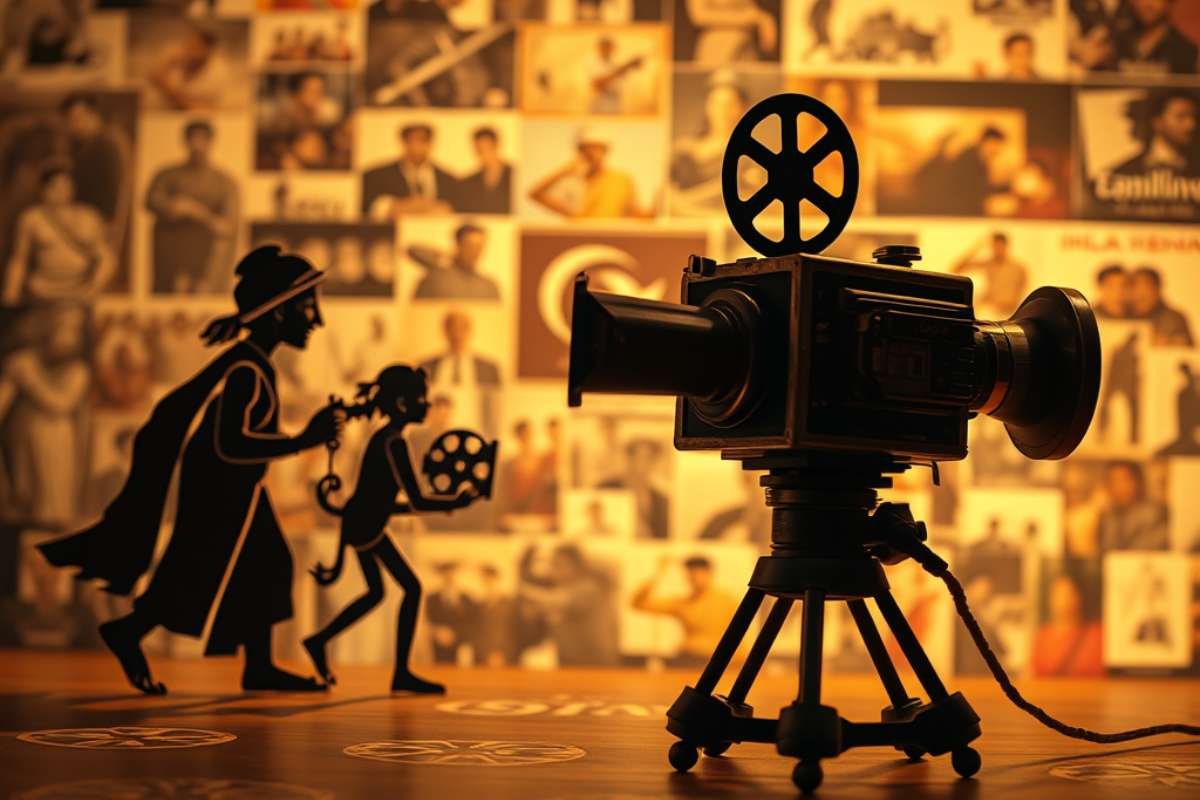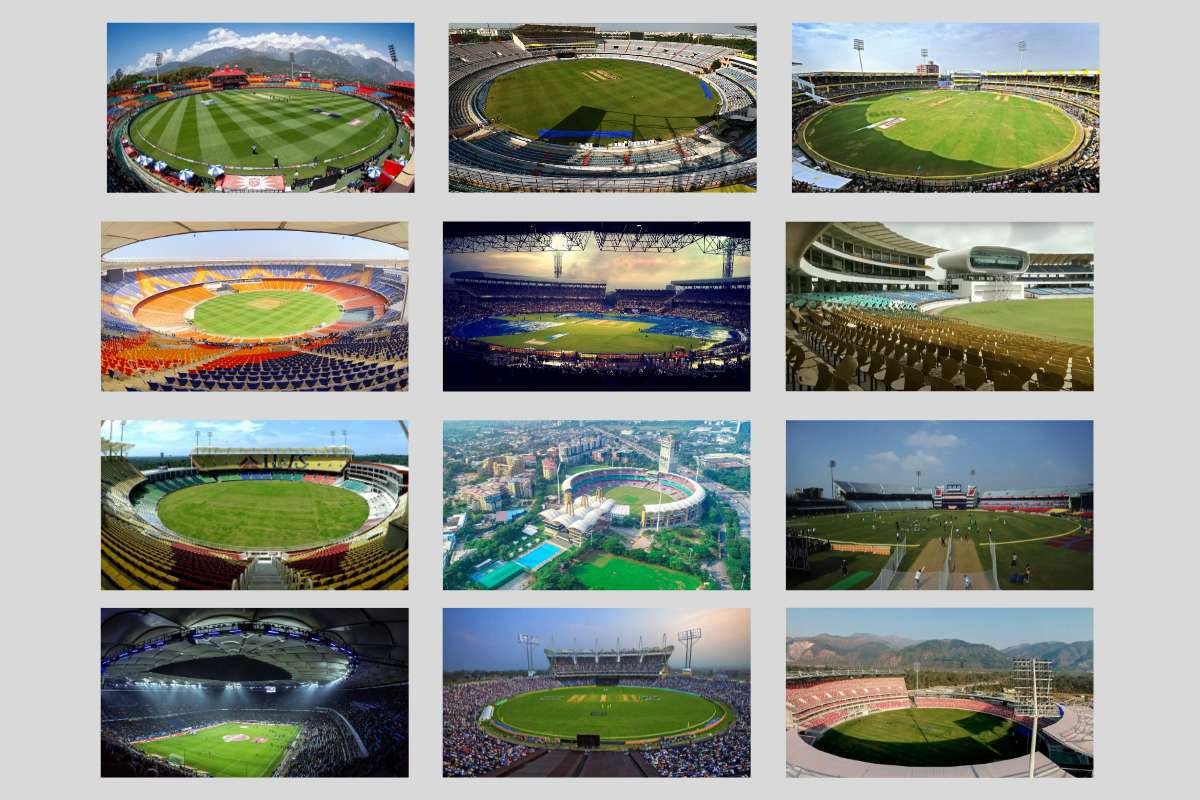“Every time I go to a movie, it’s magic, no matter what the movie is about”
Steven Spielberg
Movies and Films are truly a unique art of storytelling. Just like Mr Spielberg, I am sure everyone has felt the magic that films contain. They transport us to new worlds. They are capable of evoking different emotions within us. They allow us to live vicariously and expose us to a variety of cultures and perspectives.
Today, Indian Cinema has made its name on the world stage. The name ‘Bollywood’ has reached far and wide. It has acquired millions of fans around the world. The industry produces thousands of films in multiple languages in a year. Amidst its glory, we must take a look at how it all started. Let us travel back and visit the history of films in India. So, how did it all begin?
A Journey Through the History of Films in India
The Beginning (1896): Screening by the Lumière Brothers
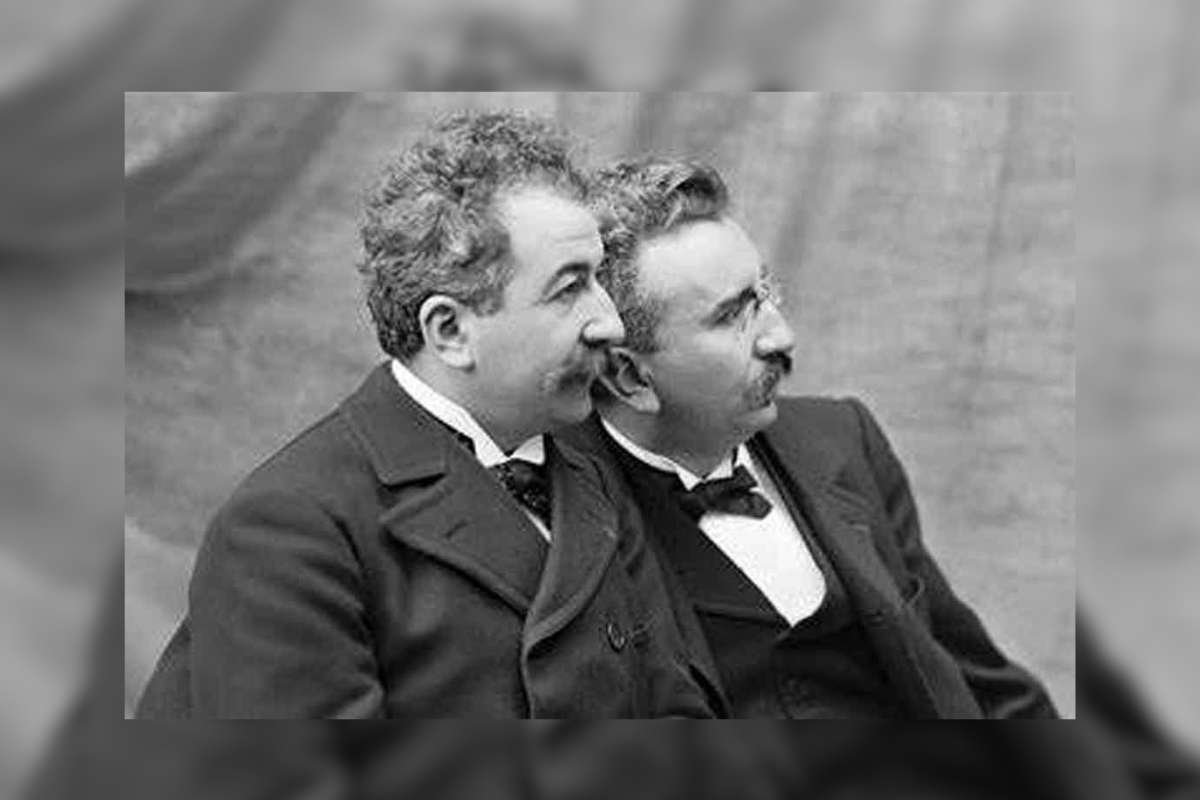
It was July 7, 1896. Six films were shown at the Watson Hotel in Mumbai (then Bombay). These films mark the birth of cinema in India.
The screening was conducted by Auguste and Louise Lumière. They had invented the world’s first projector. They called it the ‘Cinematographe’. On December 28, 1895, they displayed the first ever film in history. It was shown at the Grand Café in Paris. At the back of this cinematic excellence, the brothers had arrived in India. The six films screened at the Watson Hotel were:
- Entry of Cinematographe
- The Sea Bath
- Arrival of a Train
- A Demolition
- Ladies and Soldiers on Wheels
- Leaving the Factory
The second screening by the Lumiere brothers took place on July 14. It was done at a new location. At the Novelty Theatre in Bombay, a total of 24 shows were screened. With these two showings, the screenings ended on the 15th of July.
After the screening in Mumbai, films became a sensation all over the country. Motion pictures were soon introduced to Kolkata (Calcutta) and Chennai (Madras). This event served as a launch pad for Indian cinema. It showed how films can enthrall people. This marks an important event in the history of films in India.
Silent Era (1890s-1920s): The First Steps of Indian Cinema
“ I have to keep making films in this country so that it gets established as an industry at home”
Dadasaheb Phalke

In 1913, Dadasaheb Phalke released Raja Harishchandra. It was the first feature-length film made in India. This is why he is often known as the ‘Father of Indian Cinema’. The turning point in his career came when he watched Life of Christ in 1910. Moved by the film, he made it his mission to bring Indian culture to life. After the success of his first film, he made two more films: Mohini Bhasmasur in 1913 and Satyavan Savitri in 1914.
Films then started gaining popularity across India. All the films made during this time were silent. They had no sound, but intertitles. Intertitles or title cards were pieces of text that were edited into the film at various points.
Films were soon seen as an affordable form of entertainment. Elements of Indian social life were incorporated into cinema. Many young producers began to bring in new ideas around the world. In 1927, the British Government formed the Indian Cinematograph Enquiry Committee.
Sound Era (1930s-1950s): Talkies are Here, Along With a Splash of Colour
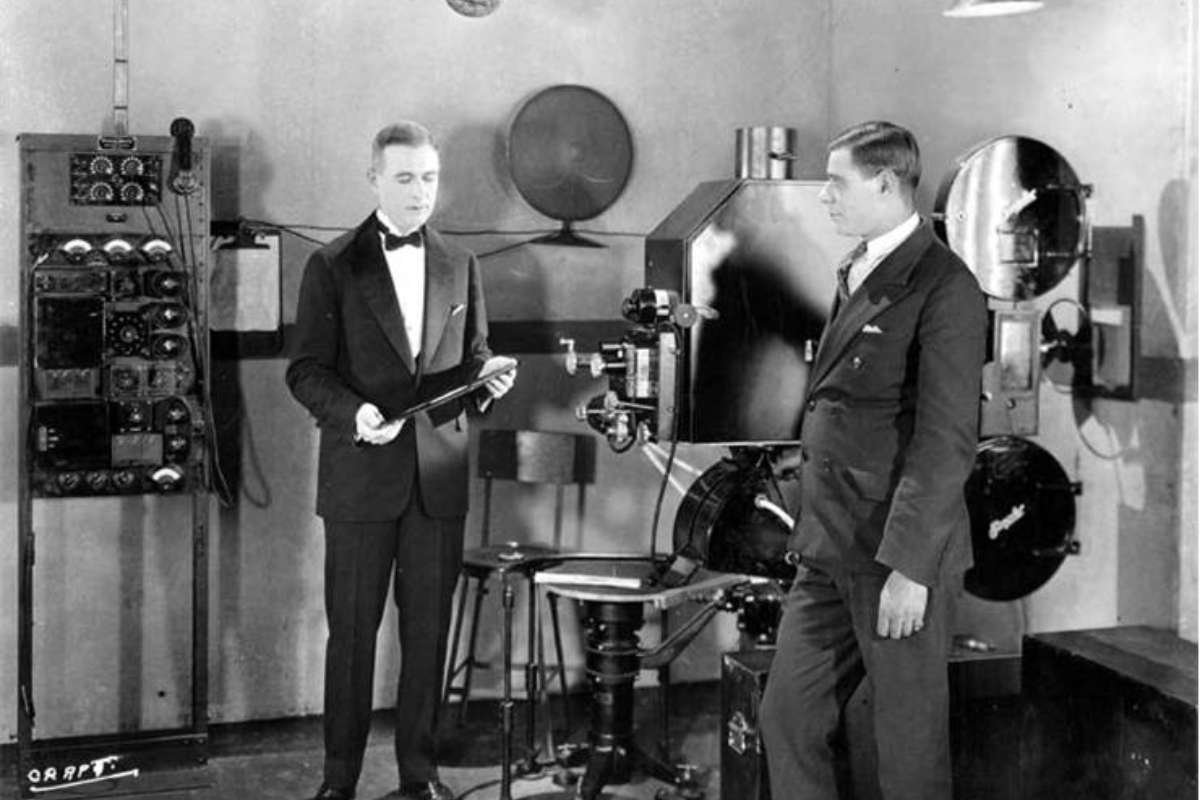
The introduction of sound to Indian cinema marked the beginning of song and dance in Indian films. The first Indian sound film was Alam Ara, which was made by Alim Adershir in 1931. The rise of films also started to spread heavily across all of India.
As filmmaking became an established industry, film studios started emerging in major cities like Madras and Calcutta. The first film studio in South India was built in 1936. Swamikannu Vincent introduced the concept of “tent cinema”. This was where a tenet was erected on an open land to screen films. Many important cinemas and studios were founded. Namely, Bombay Talkies in Mumbai and Prabhat Studios in Pune.
Another important development during this time was the addition of colour. Kisan Kanya became the first colour film to be launched in India in 1937. And just like that, another important piece was added to the history of films in India.
The Golden Era (1950s-1970s): Modern Legends are Born
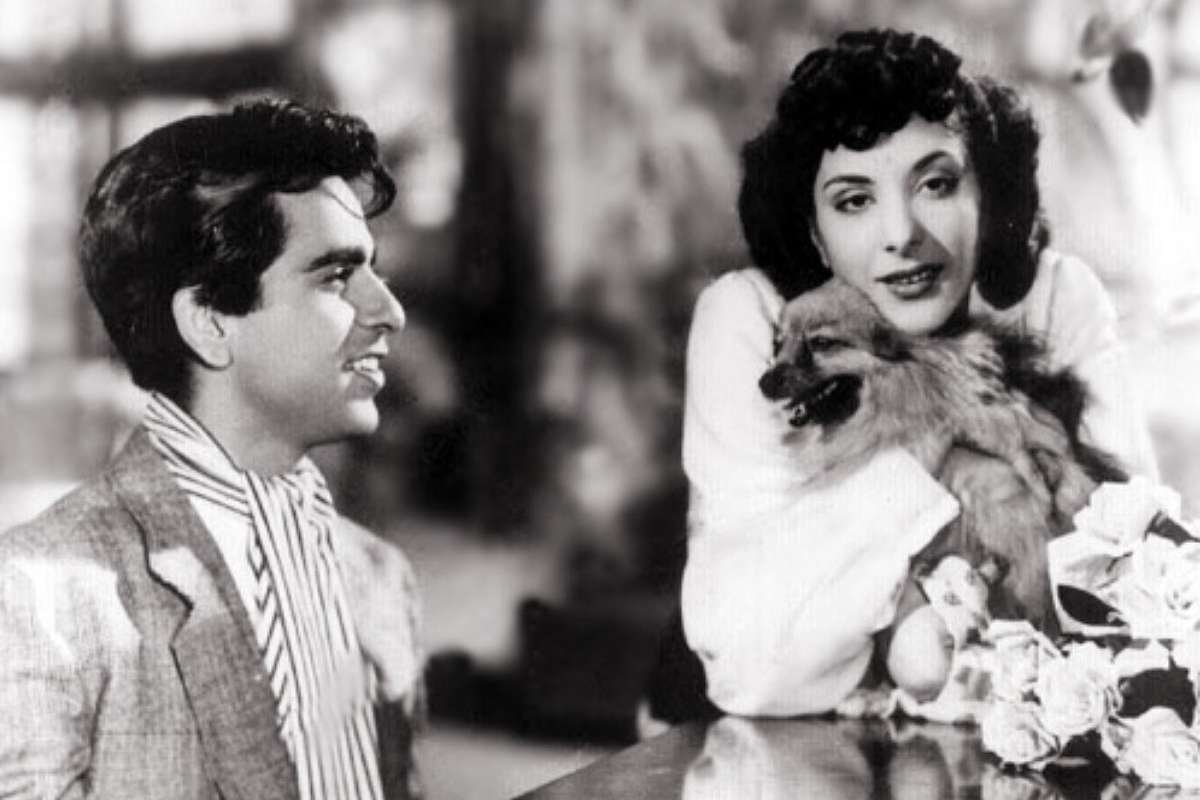
This period is rightly named the ‘Golden Age’ of Indian Cinema. Filmmakers like Satyajit Ray, Raj Kapoor, and Guru Dutt broke through in the film industry.
Styajit Ray’s Pather Panchali (1955) brought Indian cinema to a global stage. Films like Awaara (1955) and Pyaasa (1957) explored the themes of social justice, poverty, and love. The film ‘Mother India’ saw itself nominated for a U.S.-based award.
This time period also gave rise to the parallel cinema movement. This movement put emphasis on social realism. This is where films started to work in authentic settings in order to deliver quality films. Legendary actor Dilip Kumar also rose to fame in the 1950s. He was the pioneer of method acting and influenced many modern actors like Amitabh Bachchan and Shah Rukh Khan.
The Masala Era (1970s-1980s): The Collision of Genres

The 1970s and 1980s saw the rise of Masala films. It was a genre that mixed all the other genres. They tried to incorporate action, drama, romance, and comedy at the same time. Amitabh Bachchan emerged as the next ‘Superstar’ with hits like Sholay (1975), Deewar (1975), and Don (1978).
Directors like Manmohan Desai and Prakash Mehra were crucial in shaping the ‘Masala’ genre. They created films that delivered high entertainment value. This period also saw the rise of commercial films that had big budgets and a star-studded cast.
The Rise of Bollywood (1990-Present): The Legacy Through the Ages

The 1990s brought a new side to Indian Cinema. It especially saw the rise of romantic films like Dilwale Dulhaniya Le Jayenge (1995) and Kuch Kuch Hota Hai (1998). At the same time, filmmakers like Anurag Kashyap and Ram Gopal Varma started experimenting with unconventional forms of storytelling.
The newer era of films is constantly evolving. They focus on content-driven storytelling. They highlight a growing trend of socially relevant filmmaking.
Timeline
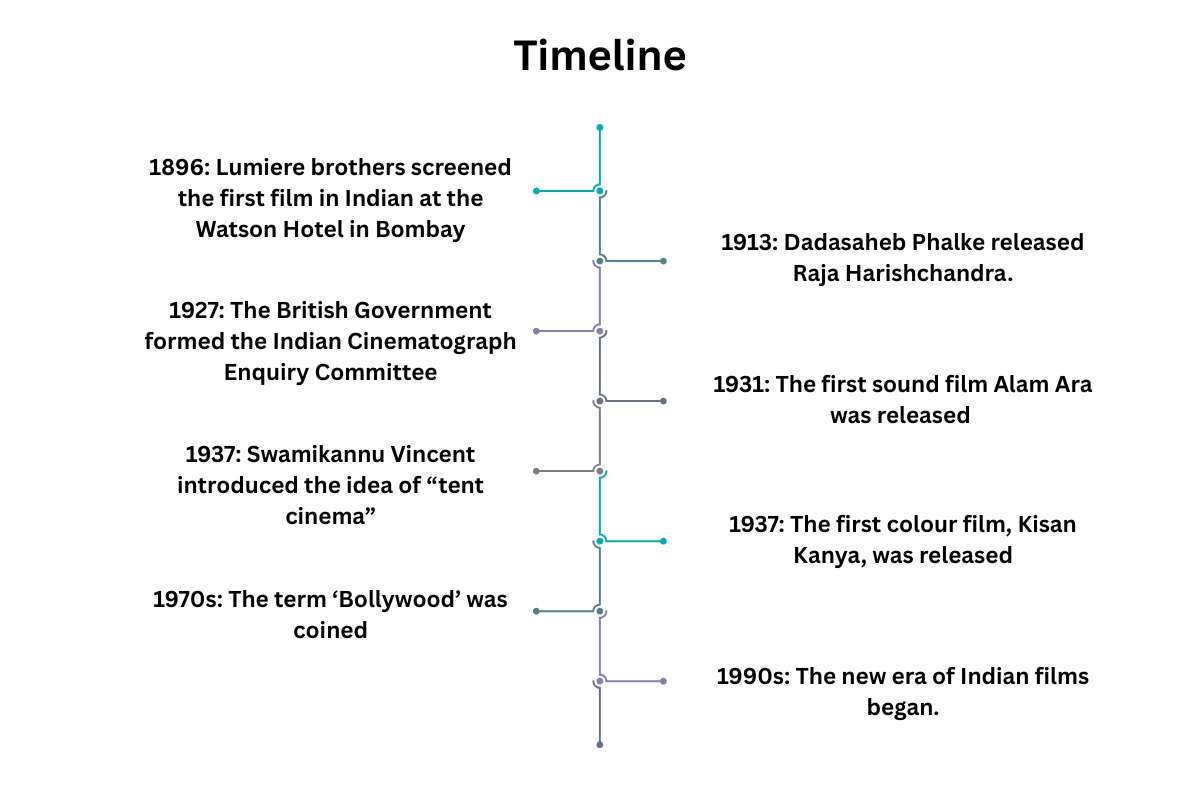
1896: Lumiere brothers screened the first film in Indian at the Watson Hotel in Bombay
1913: Dadasaheb Phalke released Raja Harishchandra.
1927: The British Government formed the Indian Cinematograph Enquiry Committee
1931: The first sound film Alam Ara was released
1937: Swamikannu Vincent introduced the idea of “tent cinema”
1937: The first colour film, Kisan Kanya, was released
1970s: The term ‘Bollywood’ was coined
1990s: The new era of Indian films began.
History of Regional Indian Cinema
The history of films in India is incomplete without mentioning how they grew in different regions of India. So let us look at how films progressed across the country.
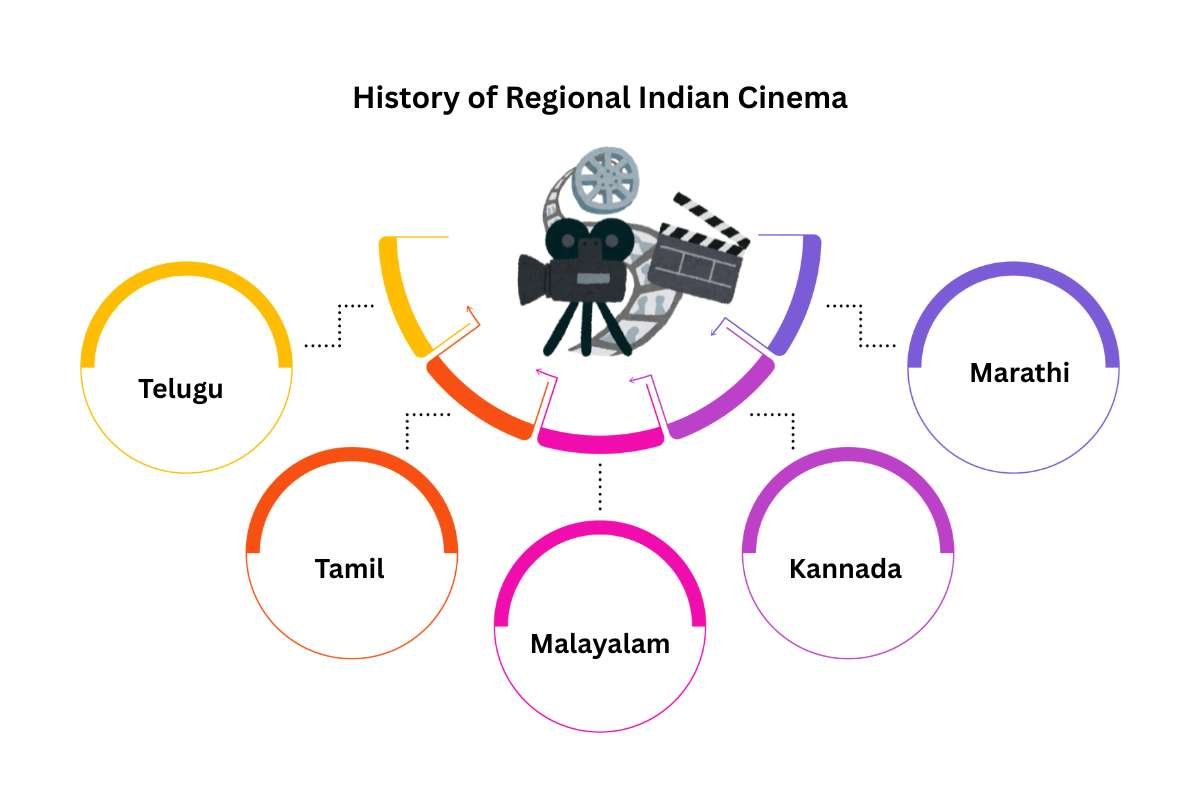
1. Telugu:
Telugu cinema began in the early 20th century with silent films. It later transitioned to talkies. The first Telugu talkie, Bhakta Prahlada, was released in 1931. It was directed by H. M. Reddy. This marked the beginning of the Telugu film industry. It grew rapidly as filmmakers started creating mythological and devotional stories.
2. Tamil:
Tamil cinema established Chennai (formerly known as Madras) as a significant filmmaking hub in India. It slowly gained global recognition. It inspired Telugu film production in Tamil communities in Sri Lanka, Malaysia, and Singapore.
3. Malayalam:
Malayalam cinema thrived during its Golden Age. It produced filmmakers such as Adoor Gopalakrishnan, G. Aravindan, T. V. Chandran, and Shaji N. Karun. Adoor Gopalkrishnan’s Elippathaym (1981) won the Sutherland Trophy at the London Film Festival.
4. Kannada:
B.V. Karanth’s Chomana Dudi and Girish Karnad’s Kaadu brought to the forefront ethnographic works. Girish Kasaravalli’s Ghatashraddha (1977) won the Ducats Award at the Mannheim Festival in Germany.
5. Marathi:
The Marathi film industry holds the title of being the oldest film industry in India. The first Marathi film in colour was Pinjara (1972). It was made by V. Shantaram. In the 1960s–70s, movies were based on rural, social subjects with drama and humour. Sachin Pilgaonkar, Ashok Saraf, and Laxmikant Berde were some of the rising actors.
Conclusion:
The love of films is universal. It has the power to connect people far and wide. We can agree that it is an art form that is truly magnificent. Indian Cinema holds within it the roots of its culture. And it has travelled through the ages. Understanding the history of films in India is key to understanding how the pillars of Bollywood are formed.
FAQ
1. Which was the first film shot by an Indian?
A. The first film shot by an Indian was Wrestlers. It was shot by H.S. Bhatavdeker. It was a wrestling match in Mumbai’s Hanging Gardens
2. Which was the first film studio in India?
A. Meiyappa Chettiar is the oldest film studio in India. It is located in Vadapalani, Chennai.
3. What was a Cinematographe?
A. A Cinematographe was a portable hand-cranked device. It was a device that could record, print, and project pictures.

